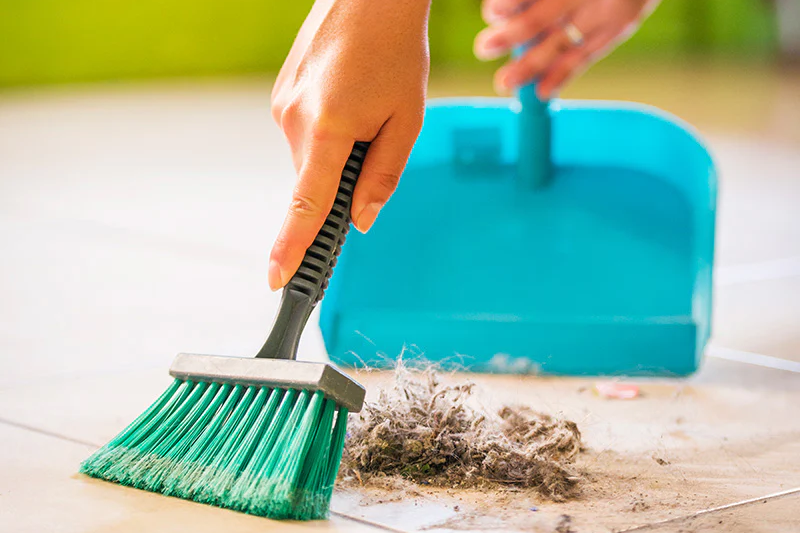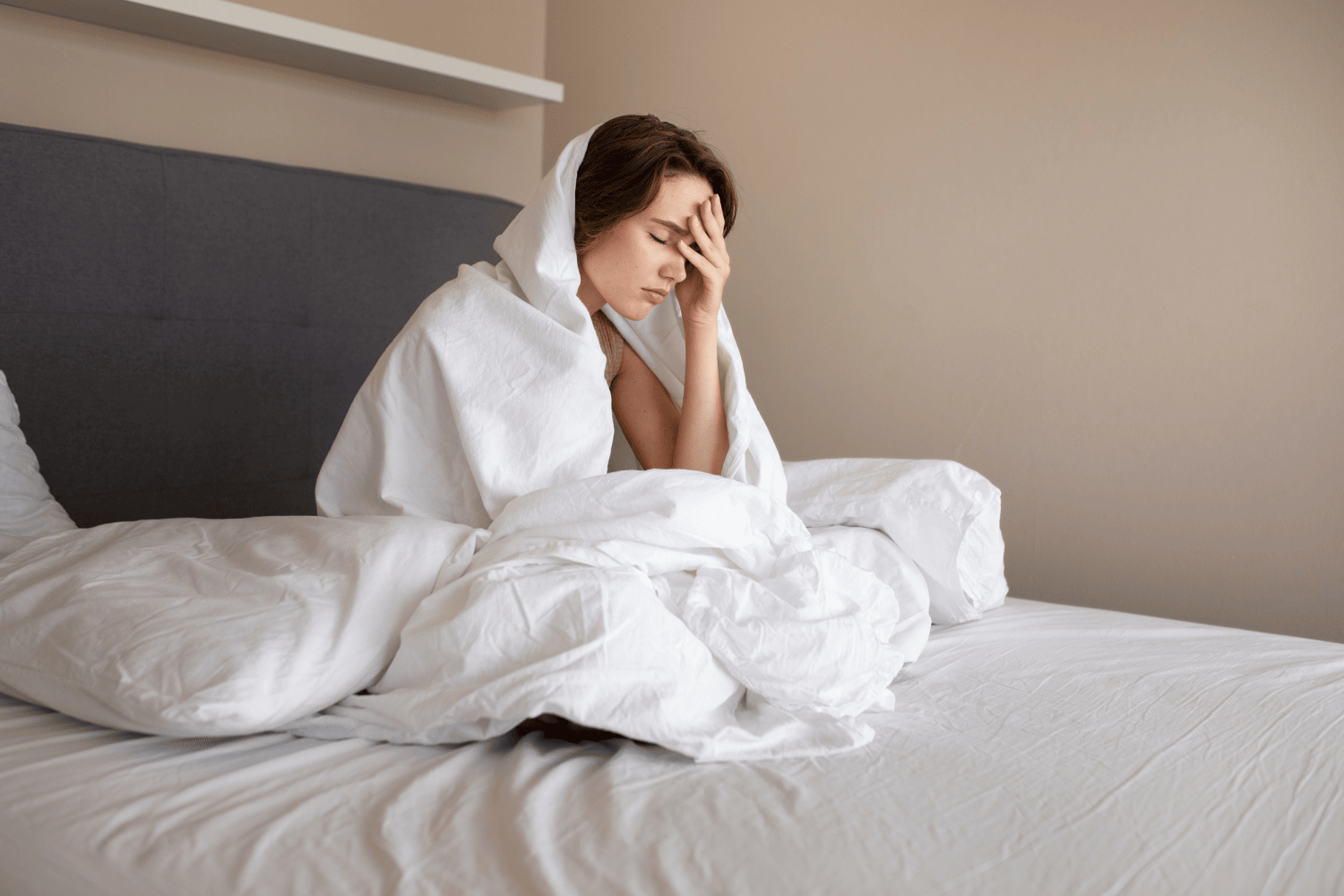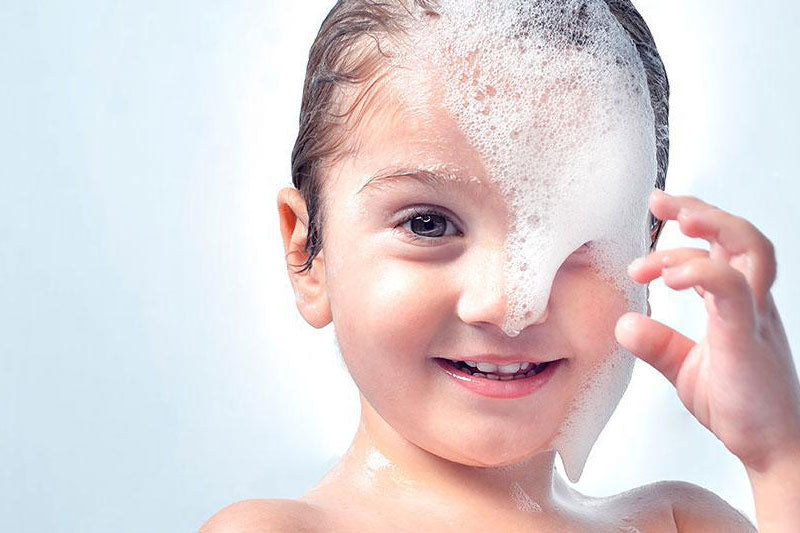House dust is composed of small particles of plant and animal material in the home. While this mix is not appealing to us, microscopic creatures called house dust mites thrive in it. The droppings of these mites are the most common trigger of perennial allergy and asthma symptoms. Dust mites are found throughout the house, but they especially thrive in high humidity and in areas where human dander (dead skin flakes) is located. Symptoms of dust mite allergy can include a congested or runny nose with sneezing (particularly in the morning), itchy, watery eyes, coughing and wheezing.
Humidity
To reduce dust mites, it is important to control humidity to below 50% throughout the home by using a dehumidifier or central or window air conditioning. Wall-to-wall carpeting should be removed as much as possible, especially that which is laid over concrete floors. Hardwood, tile or linoleum is better for those with allergies. Washable throw rugs may also be used if they are regularly washed in hot water or dry cleaned.
Mattress Encasements
Because people spend more time in the bedroom than in any other room, it is essential to reduce mite levels there. Encase mattresses, box springs and pillows in airtight, zippered plastic or special allergen-proof fabric covers available in many national stores. Bedding should also be washed weekly in hot water (130°F) and dried in a hot drier. For waterbeds, regularly wash the mattress pad on top of the bed. Comforters and pillows made of natural materials such as down feathers or cotton should be replaced with items made from synthetic fibers, or covered with allergy-proof encasings.
HEPA Filter
It is also best to have smooth, uncluttered surfaces, with dust-collecting objects placed in drawers or closed cabinets. Avoid using the room where you sleep as a library or study. Weekly vacuuming can help to further remove dust mites. Those with allergies should use a vacuum with a HEPA (high-efficiency particulate) filter or a double bag, since using a standard or water-filtered vacuum cleaner stirs dust up into the air. Allergic individuals should also wear a dust mask.




